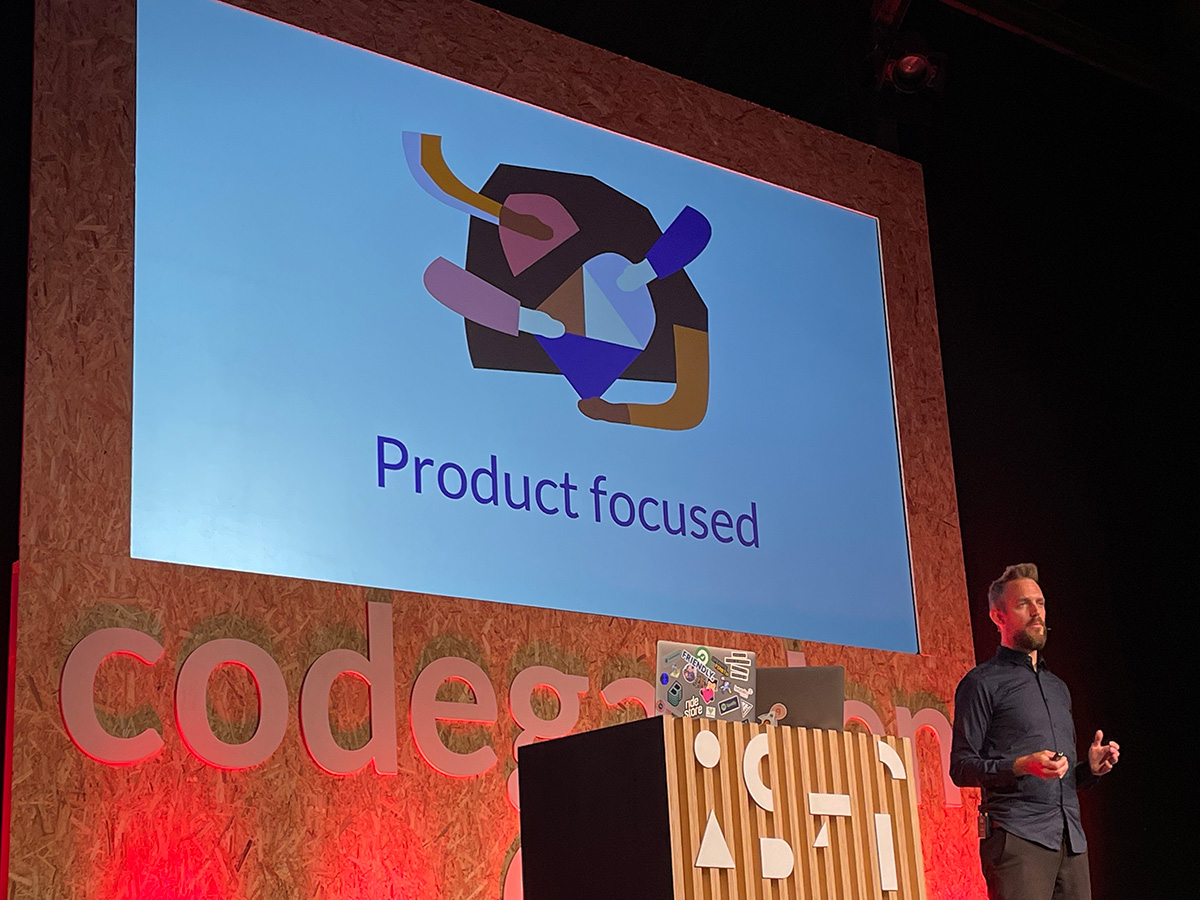Community contributions continues to be a key part of how Umbraco evolves, as well as the many innovative ideas initiated in the community. If you have a good idea for something bigger in the core of Umbraco, please share it with us on GitHub. Of course, you are also always welcome to implement good ideas in your own package and share these with the community. Now and then, such packages find their way into the core if usage shows that they benefit a broad group of users.
We’re very excited for the coming year, and indeed the coming versions of Umbraco, and look forward to sharing progress, collecting feedback and shipping a bunch of great new features and improvements for Umbraco CMS.
You can always find the current Product Roadmap for all things Umbraco on umbraco.com.
Don’t want to miss anything?
Codegarden is a 3-day hybrid event, taking place right now in Odense, Denmark. Even though in-person tickets are no longer available, you can still catch the action for free from the comfort of your home (or anywhere you’d like to watch the stream).
Follow along for yourself:
📝 Right here on the blog,
📱 @Umbraco on Twitter, and
📧 Sign up for our newsletter to get the most important news in your inbox.






